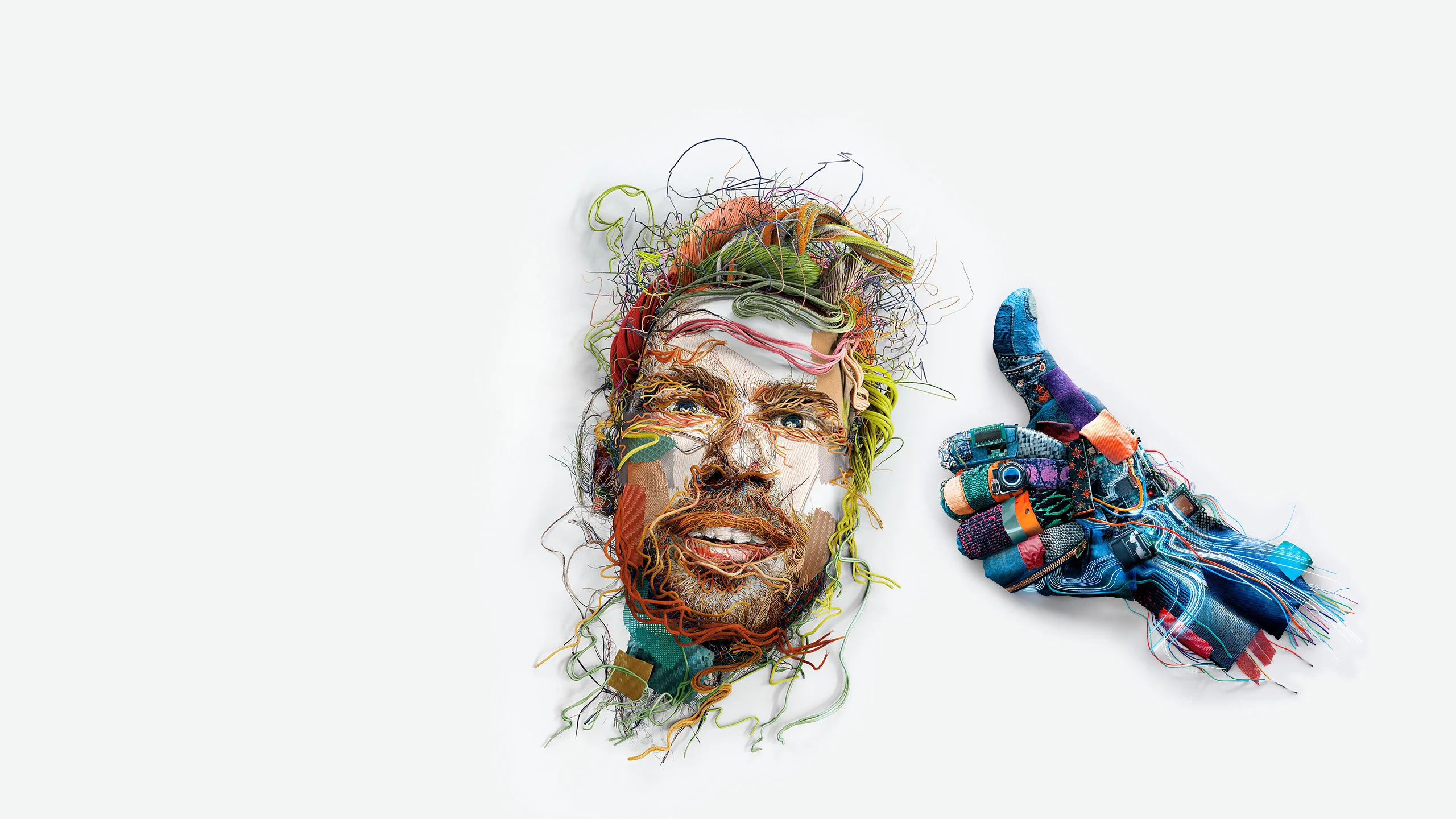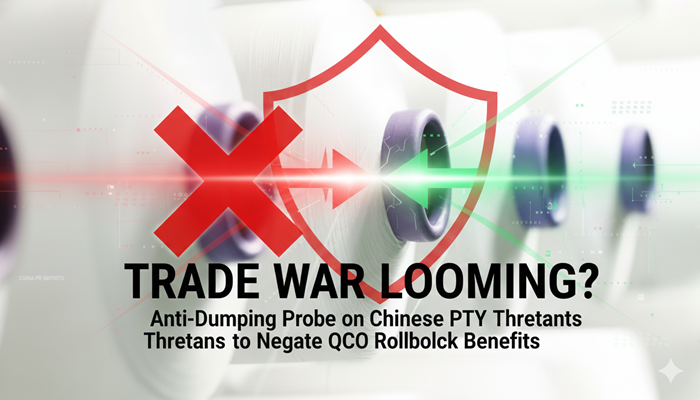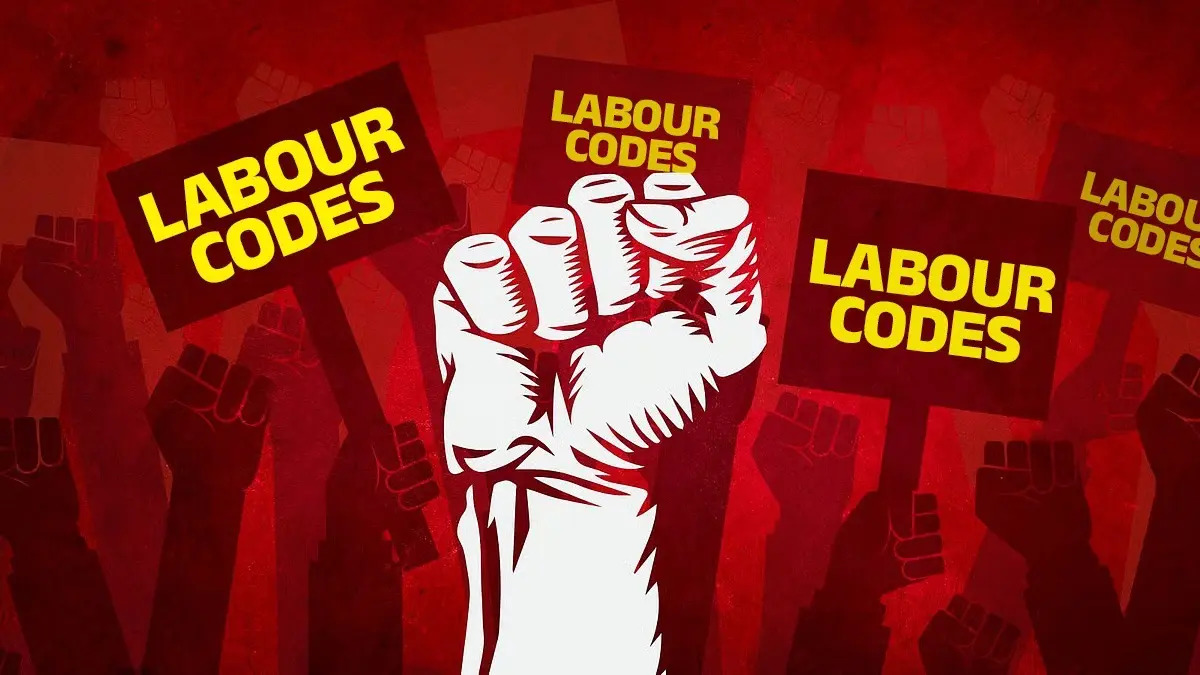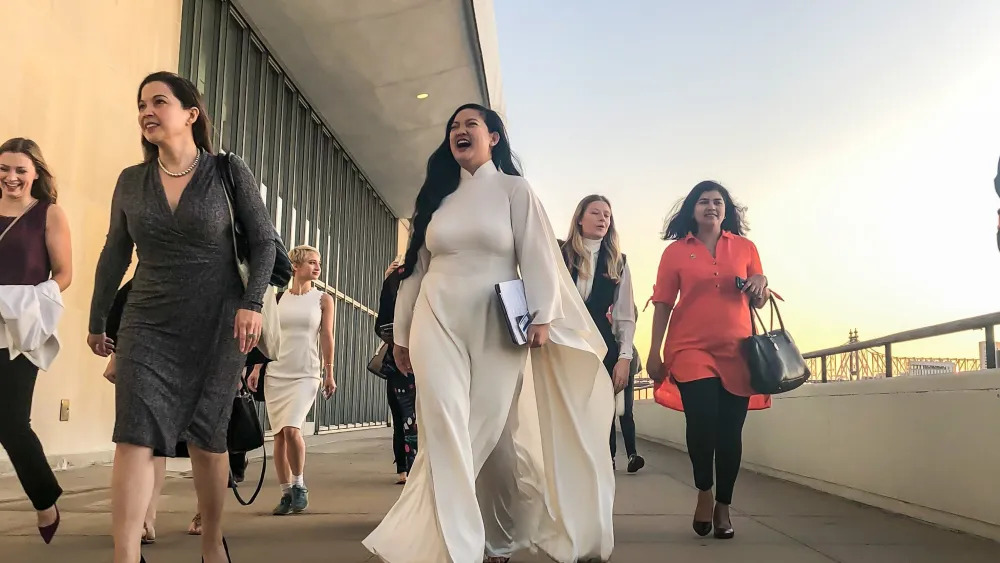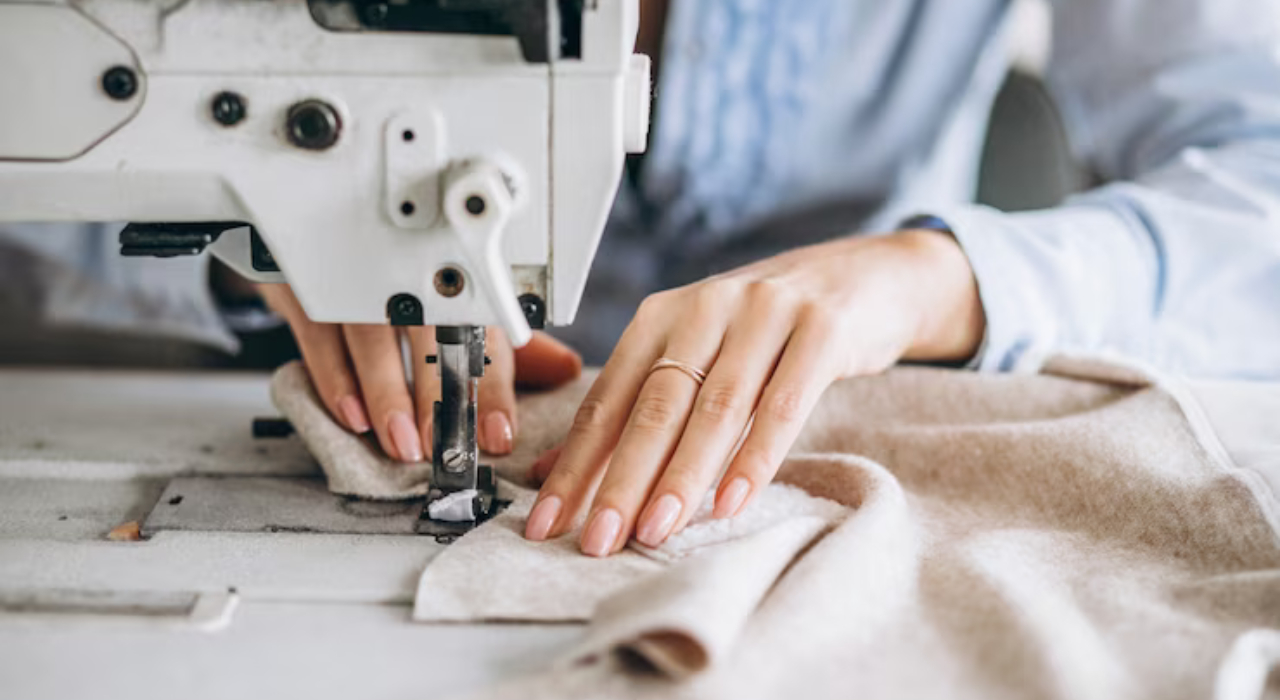Hidden supply chains are the terra incognitas of the apparel industry. They exist outside factory walls and are unlicensed, unregulated and rife with child labor and other human rights abuses. Orders that start at a traditional factory might end up being subcontracted to one smaller production unit, then another, before ultimately ending up inside the homes in communities that specialize in things like beading and tassel making. Once that work leaves the factory, it’s hidden from view. Workers involved in production aren’t protected under corporate codes of conduct, factory audits and even national law.
Forced labor exists in every country, in every supply chain. Predominantly women and girls from historically oppressed ethnic communities work exclusively in supply chains for export of apparels to the United States and the European Union. Acknowledging the shadows in the supply chain is the first step. The second is investing in transparency. Excuses from brands, from suppliers, even from consumers should be done with. This is 2019, and with the tremendous technological evolution over the last 10 years, it ought to be easy to say if a piece of clothing is actually made by child labor or not.
Apparel supply chains rife with abuses
- 1
- 2
- 3
- 4
- 5
- 6
- 7
- 8
- 9
- 10
India's ‘Technical Textile’ sector 'Important for the World,' says Techtextil Di…
India is emerging as a global powerhouse in technical textiles, a growth recognized by the organizers of the world's leading... Read more
Anti-Dumping probe on Chinese PTY threatens to negate QCO rollback benefits
Just days after the Indian government withdrew Quality Control Orders (QCOs) on Polyester Textured Yarn (PTY) and other textile inputs... Read more
India's new ‘Labour Codes’ weave global compliance into apparel exports
The full implementation of India's four consolidated Labour Codes (The Code on Wages, The Industrial Relations Code, The Code on... Read more
Cotton’s fragile comeback, how the US-China truce is redrawing global fiber map
When Presidents Donald Trump and Xi Jinping announced a fragile peace in Busan last week, most of the attention in... Read more
Viscose freed, industry revived as India’s raw material reforms trigger a new MM…
In a policy reversal that has given some relief across India’s textile ecosystem, the Ministry of Textiles has officially rescinded... Read more
Q3 Lyst Index reveals a turning point, Saint Laurent rises, Loewe slumps
In a fashion industry often driven by noise viral micro-trends, rapid-fire drops, and overstated marketing the third quarter of 2025... Read more
India Fashions a Greener Future: Global Fibre Summit spotlights $100 bn export g…
The world's largest fibre innovation congress, the Dornbirn Global Fibre Conference (GFC) Asia, made a landmark debut in Mumbai this... Read more
Techtextil India 2025: Mumbai kicks off 10th edition, focussing on sustainable a…
The premier trade fair for technical textiles, non-wovens, and composites, Techtextil India 2025, commenced today, November 19, 2025, at the... Read more
Fashion’s Next Playbook: Leaders at WWD summit push for radical transformation
On October 29 and 30, the marble halls of Cipriani South Street became the nerve center of a global fashion... Read more
Tariff turbulence spurs transformation in India’s textile value chain
When the US announced a sweeping 50 per cent tariff on Indian textile and apparel imports, the shockwaves reverberated across... Read more

